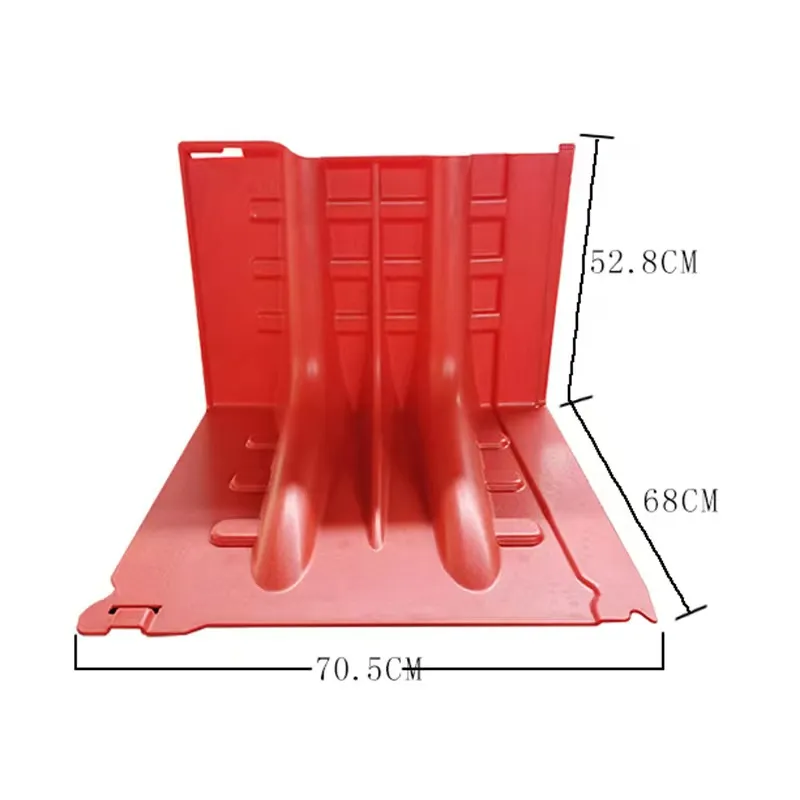

Portability is indispensable for wildland fire pumps. Heavy-duty operations often necessitate pumps that can easily be carried by teams over challenging terrain. Many portable models weigh under 60 pounds while maintaining powerful performance features. Look for models with ergonomic designs, easy-to-carry handles, and manageable weights to ensure swift deployment in urgent scenarios. The choice between gas-powered and diesel-powered pumps may also impact effectiveness. Gasoline models usually offer a balance of performance and portability, ideal for good all-around capability. Diesel engines, on the other hand, are fuel-efficient and renowned for their durability and longer running times. Teams should evaluate which type of engine aligns with their operational needs and maintenance capabilities. Beyond technical specifications, manufacturer reputation plays a key role in ensuring reliability and serviceability. Brands with longstanding expertise and commitment to firefighting equipment offer another layer of assurance. Their products are often tested under strenuous conditions, signaling dependability when it counts the most. In addition, consider manufacturers who provide comprehensive support and guidance, reinforcing the trust factor in both their products and service. In conclusion, choosing the appropriate wildland fire pump demands a judicious balance of flow rate, pressure, portability, and fuel type tailored to the specific conditions of firefighting teams. With a focus on practicality and a deep understanding of one’s operational environment, a well-chosen pump enhances firefighting efficiency and resilience. This equipment isn’t just a purchase; it's a long-term commitment to safety, effectiveness, and preparedness in the wildland firefighting domain.





























